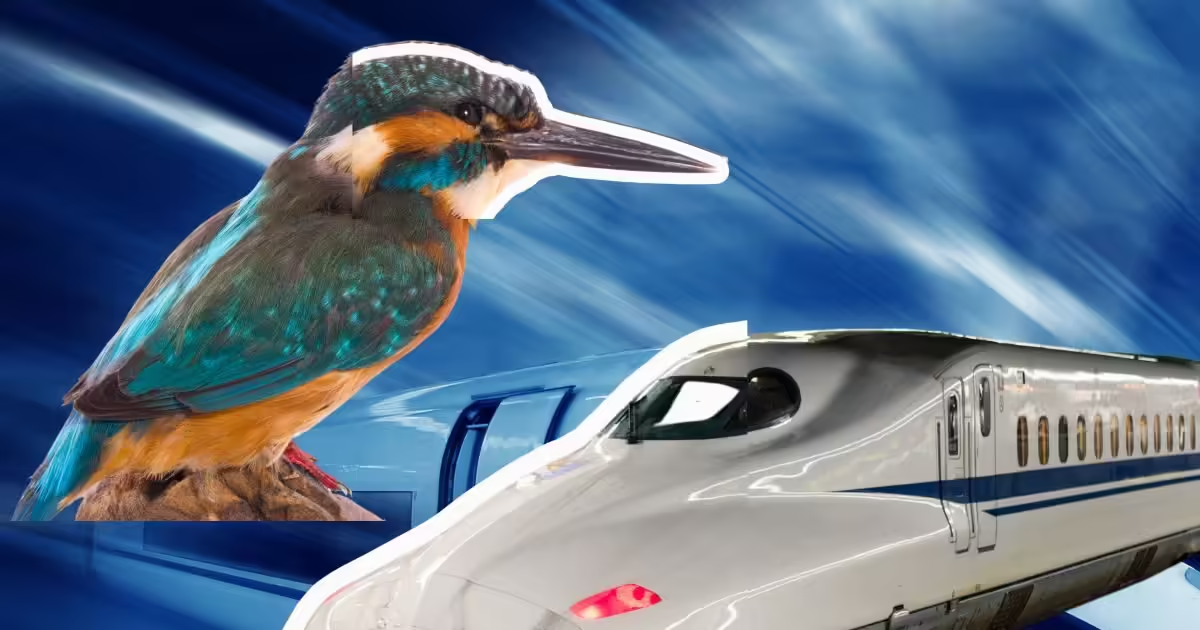Bullet Train may not have started in India yet, but along with its speed, the unique design attracts everyone’s attention. Especially the long and sharp ‘nose’, which looks like a bird’s beak. However, have you ever wondered why this part of the train is made like this (science behind the form of bullet train)? Is it just to show or is there a deep technical thinking behind it? Actually, a big story is hidden behind this design. The loud noises came at high speed. In the 1990s, when the velocity of bullet trains in Japan began to increase significantly, an unwanted problem came to light. When these trains entered the tunnels, the sky was in front of them so fast that a loud bang was heard on the other side of the tunnel. This voice was so hard that the people in the area were shocked and even considered it an explosion. It was not a defect, but the result of air pressure. When a fast -moving train comes to a closed place, the front air suddenly shrinks and a hard blow, causing a loud bangy sound. The solution of nature was assigned to find a solution to this problem, a Japanese engineer named Easy Nakatsu, but Nakatsu was not only an engineer, but also an enthusiastic bird scientist (bird lovers). One day he saw a Kingfisher bird jumping into the water. He was surprised to see that the bird, despite the fact that it fell down so quickly, went inside the water without water. He reached his prey directly without making sound. Kingfisher’s beak is designed in such a way that it rarely withstands air and water. From here he got the idea of a new design for the next part of the bullet train. When the train became a bird, Nakatsu and his team designed the top part of the bullet train like Kingfisher’s beak – long, thin and pointed. The results were surprising: No explosion occurred during the inside of the tunnel. Both the velocity and stability of the train have increased. Air resistance has decreased, causing energy to save. The noise from the outside and inside also reduced. This change was so effective that later high-speed trains around the world began to take on this design. Not only the velocity, the security has also increased, another benefit of this pointed nose is that it also increases safety. When the train sometimes clashes with something, this part absorbs the shock – like a sequer zone in exactly the trains. Apart from this, this design can also withstand strong wind pressure, through which the train can remain stable – whether there is a storm or a natural obstacle. Its impact is also visible in India, in the recently Barat Express trains, you will see that their leading design is like a bullet train – a little thin, slightly bent and fairly modern. Not only does it look attractive, but also helps to get speed in low energy.
Why does the front of the bullet train look like a bird? Learn science related to speed, noise and air pressure
